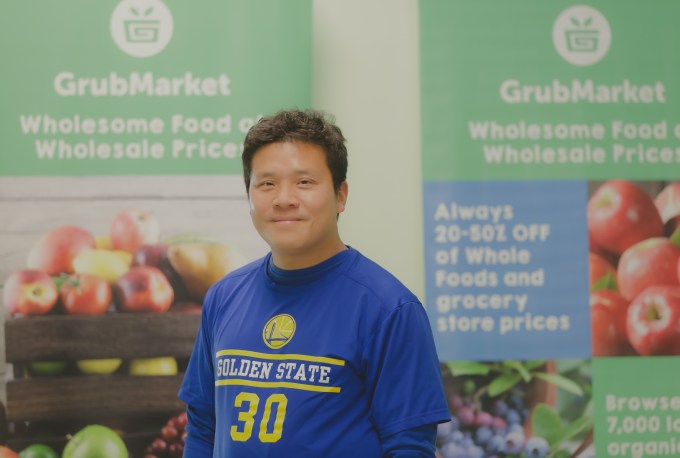News: Spotify’s Clubhouse clone adds six new weekly shows, some that tie to Spotify playlists
This summer, Spotify launched its live audio app and Clubhouse rival, Spotify Greenroom, with the promises of more programming to come in the months ahead to augment its then primarily user-generated live content. Today, the company is making good on that earlier commitment, with the launch of six new shows on Spotify Greenroom focused on
This summer, Spotify launched its live audio app and Clubhouse rival, Spotify Greenroom, with the promises of more programming to come in the months ahead to augment its then primarily user-generated live content. Today, the company is making good on that earlier commitment, with the launch of six new shows on Spotify Greenroom focused on pop culture and music, in addition to what Spotify calls “playlist-inspired shows” — meaning those that are inspired by Spotify’s own playlists.
This includes a new show based on the popular playlist Lorem, which launched in 2019, showcasing an eclectic mix of music that has included indie pop, R&B, garage rock, hip-hop, and more, focused on a younger, Gen Z audience. That playlist today has over 884,000 “likes” on Spotify and has risen to become one of the places new artists are able to break through on the platform. Now, Lorem listeners will be connected to “Lorem Life,” a Spotify Greenroom show that will feature a mix of culture and discussions about music, the environment, sustainability, fashion, and space, Spotify says. The show is hosted by Gen Z influencers and TikTok stars, Dev Lemons and Max Motley, who will engage with other artists and influencers. It begins airing on Wednesday, September 15, at 9 PM ET.
Another new “playlist-inspired” show is “The Get Up LIVE.” If the name sounds familiar, it’s because “The Get Up” was introduced last fall as Spotify’s own take on a daily morning show by mixing music with talk radio-style content led by hosts who discuss the news, pop culture, entertainment, and other topics. To date, that content has not been provided as a live program, however. Instead, the show has been pre-recorded then made available as a playlist that gives listeners the feel of a daily FM radio show. Now, “The Get Up’s” co-hosts Kat Lazo and Xavier “X” Jernigan will record their show live on Greenroom, starting on Wednesday, Sept. 15 at 11 AM ET.
This odd time seems to contradict Spotify’s original intention of providing a show for those who commute to the office. But with the rise of remote work in the face of the unending pandemic, addressing the commuter audience may be of less interest, with the new program. However, Spotify tells us “The Get up LIVE” will be complementary to the daily show, which will still run as normal — that’s why it has a later airing.
Other new Greenroom shows include “A Gay in the Life,” hosted by the married couple, actor Garrett Clayton and writer and educator Blake Knight, who will discuss LGBTQIA+ news and issues (weekly, 8 PM ET, starting today); “Take a Seat,” hosted by Ben Mandelker and Ronnie Karam of the “Watch What Crappens” podcast, who will recap reality shows and dive into other pop culture fascinations (weekly, 10 PM ET, starting today); “The Movie Buff,” hosted by film buff and comedian Jon Gabrus, who will review and break down the latest hot movies (weekly, 11 PM ET, starting today); and “The Most Necessary: Live,” a complement to Spotify’s “Most Necessary” playlist, where host B.Dot will discuss up-and-comers in hip-hop (weekly, 9 PM ET, starting Tuesday).
In addition to the new programs, Deuxmoi’s show “Deux Me After Dark” will also air this evening (Sept. 13) at 9 PM ET to recap the red carpet looks and gossip from this year’s Met Gala alongside guest Hillary Kerr, co-founder of Who What Wear.

Image Credits: Spotify
Greenrom is now available to listeners in over 135 global markets and has been quietly expanding with live audio from sports site and podcast network “The Ringer” as well as from artists like Pop Smoke, the company says. Other programs added include Men In Blazers, Deaux Me After Dark, True Crime Rewind and Ask The Tarot. Many of the shows are also being published on-demand after the live show ends.
The app had gotten off to a slower start this year, given its roots had been in sports talk live programming, which didn’t necessarily connect with Spotify’s music fans. Plus, it has faced growing competition from not only Clubhouse, which inspired its creation, but also other top social networks like Facebook, Twitter, Reddit, Discord, and more. Without dedicated programs to garner user interest in yet another live audio app, the company had only seen 141,000 new downloads for Greenroom on iOS a little over a month after its launch, and fewer on Google Play. But Spotify’s long-term vision for the service was to more closely tie Greenroom to the music, artists, programs, and podcasts that were already available on its flagship music streaming app — and these new shows are an example of that plan in action.


 Mike Xu, GrubMarket’s founder and CEO (pictured, above), tells me that the company is currently profitable in a big way. It’s now at a $1 billion annualized run-rate, having grown revenues 300% over last year, with some markets like New York growing even more (it went from less than $10 million ARR to $100 million+).
Mike Xu, GrubMarket’s founder and CEO (pictured, above), tells me that the company is currently profitable in a big way. It’s now at a $1 billion annualized run-rate, having grown revenues 300% over last year, with some markets like New York growing even more (it went from less than $10 million ARR to $100 million+).

